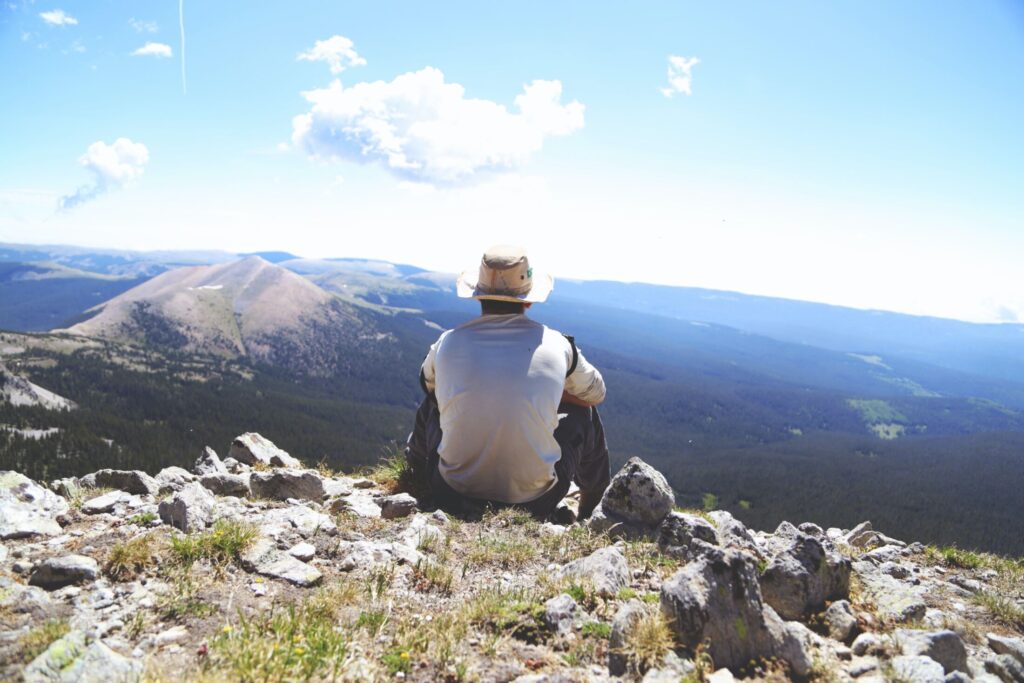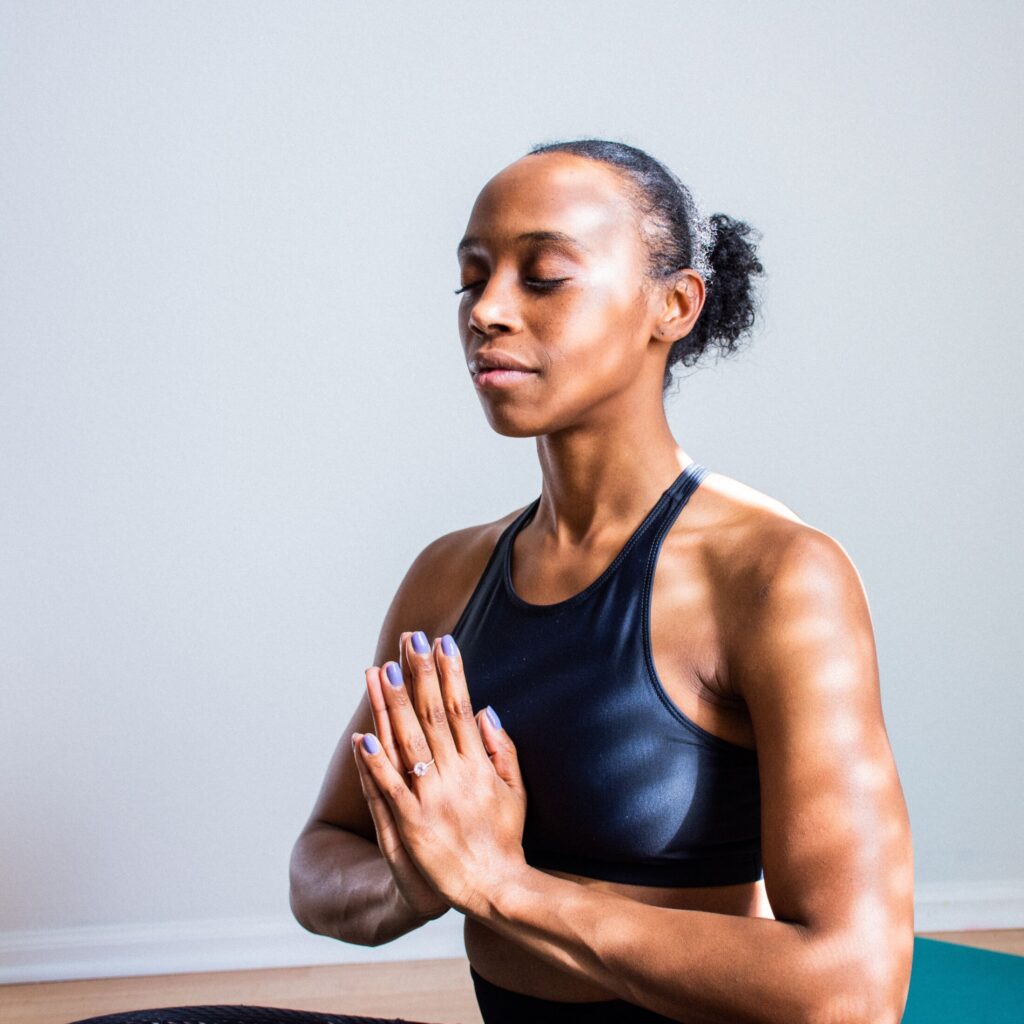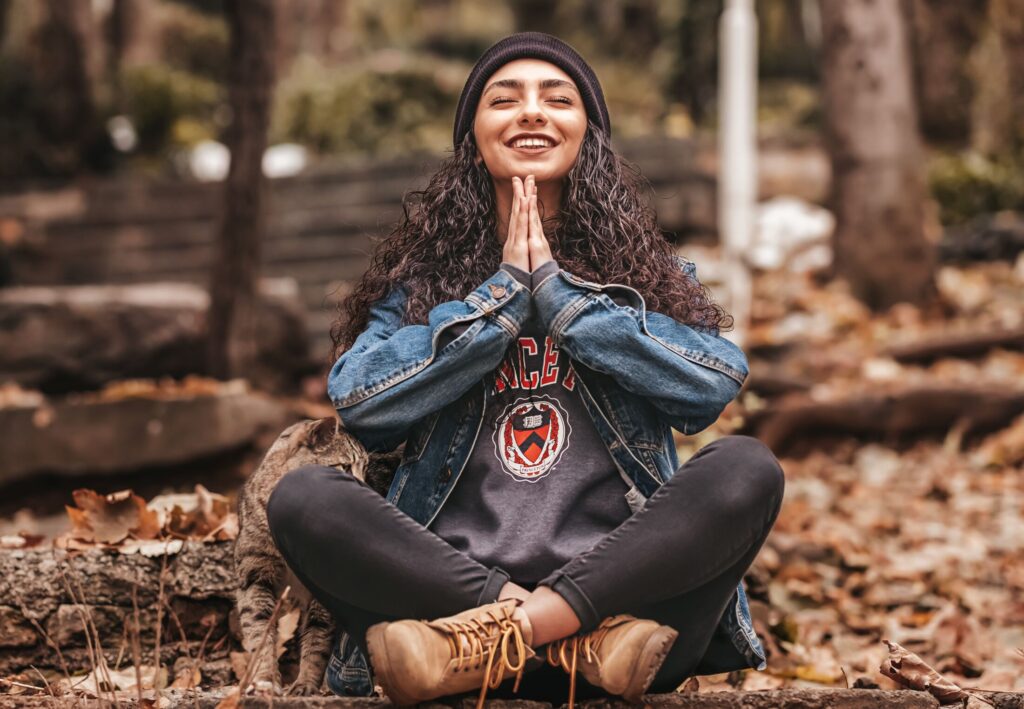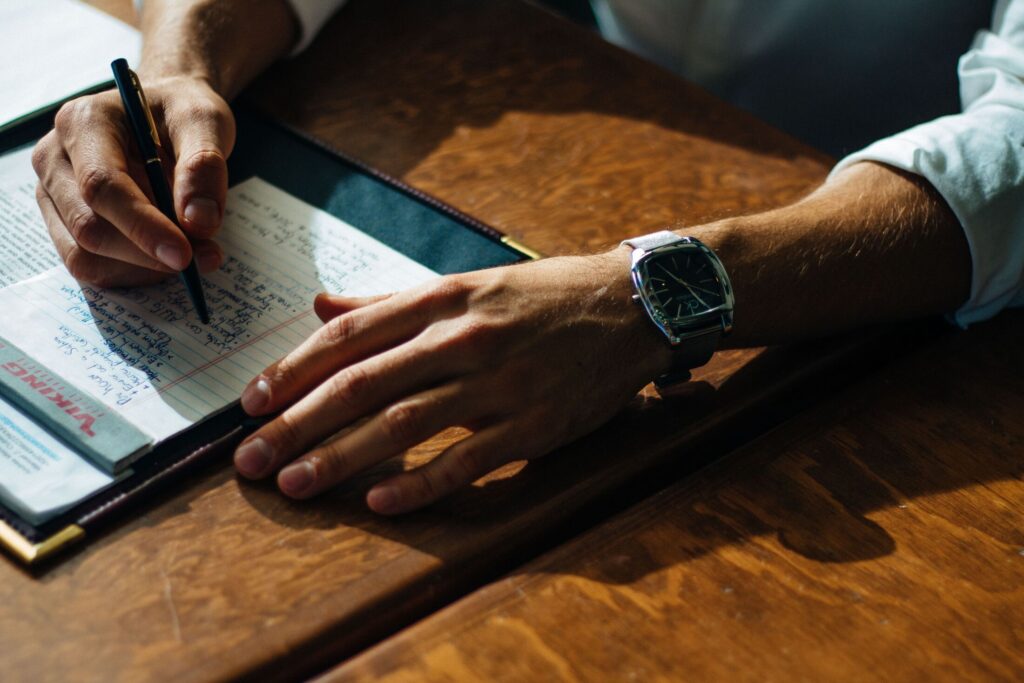
Photo by Austin Ban
On the final day of a multi-week class, a participant asked a question that I’ve pondered for some time. These are not the exact words, but the query was essentially, “Is there a hierarchy of meditation practices? In this class, did we start with the most basic or easiest, and then progress to those that are harder?”
My answer, “Not really. Once there is a basic understanding of meditation, this skill can be developed with any of the practices we’ve done. Our goal is to present a range of practice options so you can choose what suits you best, for this moment or situation.”
As I’ve thought about this question, I believe there were three elements to it. First, is there a hierarchy (easy to hard) of these various practices? Second, and related to the first, is there ever mastery of a given practice? And third, if there is mastery, how do I know I’ve “got it”? Is there some standard used to judge meditation proficiency?
While unpacking my answer to this question, I’ll focus only on sitting meditation for the sake of simplicity though meditation includes a much broader range of practices to suit a variety of bodies and styles. Other practice options include: mindful movement, standing or walking meditation, and even the body scan which is typically done lying down.

Photo by Madison Lavern
For the first element of the question, I’ll consider my own journey into a regular meditation practice. I started my meditation practice in my fifties. I’ve explored different practices and have attended many multi-day silent retreats. I used guided recordings until I found them distracting. I started out with 10–15-minute sits, and then it felt quite natural and desirable to sit longer.
I am guessing that this pattern of familiarization with meditation is common – that is, starting with short, guided sits, and evolving into longer sits – with or without guidance. In a small sense, then, there is a progression in developing a meditation practice. But I do not believe it extends beyond this familiarization.
The second element of the question asks: Is there ever mastery of a given practice? To this, I say “no,” with a spirit of inspiration since there is always more to learn about oneself! In meditation, I find that there is not a one-size-fits-all duplicatable path to becoming an experienced meditator. With meditation, YOU are the judge of your efforts. And if in that judgment we embrace the idea of mastery, we may find ourselves looking around for who we can compare ourselves to. Not the best idea.
Comparison might sound something like, “Am I better than that person?” “Am I being slow to learn compared to everyone else?” What if instead of comparing ourselves to another meditator, we measured our success by comparing ourselves to ourselves with questions like, “Did I practice today?” That can let us off the hook from worrying about how “good” our practice was, how “still” we sat, or what we “gained” from it compared to someone else.

Photo by Omid Armin
The final element of the question begs an answer about proficiency with meditation. In my perspective, it is not possible to define meditation proficiency since it differs for everyone. Those who practice meditation do not all have the same experience. If you’ve taken a Mindfulness Northwest (MNW) class, you know this from the various comments that emerge during the inquiries after a practice. In my view, there is no such thing as a “good” meditation. What is important is that you showed up and had the experience of returning to the present moment, over and over again. It is true, however, that some meditations are more pleasurable than others!
Meditation is a supremely personal experience that differs for each of us in the journey of practice. While we may all reap benefits from meditation, the granular moment-to-moment events of practice are unique. And since they are unique, one is not better than another.
Meditation cultivates awareness of our own minds. Given that we all have our own history, conditioning, priorities, anxieties, and desires, what we learn about our minds is going to be unique. Consider your own practice. Do you find you have the same experience each time? Or does each time differ?
To explore the idea that one’s meditation journey is unique, I sought to understand my own meditation experiences more clearly. For many months, I wrote a paragraph after every sit – recalling what I noticed and how I felt. Several findings were interesting. First, my emotional state was variable, from settled and grounded, to flighty and impatient. Second, I had some powerful recurring visuals of my body and breathing – these usually occurred when I felt settled. Third, my mind wandered at some point during every practice, to concerns at the forefront of my life. Here are some (edited) examples of what I wrote:

Photo by Adolfo Felix
“Started with my mind planning the rest of the day and the rest of the week. I felt my hands on my lap and that helped me tune into the body and the body breathing. I hear my heartbeat. It is solid and regular, grounding. I sink deeper into a feeling of my breathing being in a sea. It is deep and dark and quiet and settled. My mind returns with thinking about a recent communication, and I switched from being deep in an ocean-like space, to being on the surface – busier – with more details. I note the differences and return to feeling my breath in the deep ocean.”
“I feel like my body is a shell. My awareness is outside this body. My mind is reviewing the recent events in my life. My mind is drawn to upcoming events. I breathe, but I only feel a superficial breath. I am outside of this being. I have a pain in my right neck – a nugget of sensation. I feel a hardened shell of my body. My heartbeat is fast and industrious. It feels like it is on a mission, not a part of me. My breath tries to bridge the gap. But it is not to be. I breathe. The sensations are superficial. “
“Monkey mind today. Could only briefly tune in to the breath and my heartbeat. I’m at a cabin with the opportunity to cross country ski for many days. I was totally preoccupied by skiing. Who am I going to ski with today? How do our skills compare? Why must I compare? Will they see how much better I’ve gotten being able to ski regularly and take lessons? Why do I care? Tomorrow, I need to change the time I’m meeting with another friend to ski. Wait a minute. I’m supposed to be meditating, not planning. I feel like I’m giving lip service to the practice today. I am not curious about my body, well, except for its rightward twist that I explore by rotating leftward. I am not curious about my breath, but on occasion I return to it, fleetingly.”
As you can see, some of my sits were deep and nourishing, others were annoying. I did a variety of practices, feeling inspired sometimes and totally distracted at others. This variability is most certainly common – perhaps you’ve found this to be true, too!
Our MNW courses offer a number of different sitting meditations. I encourage you to find what works best for you and stick with it as best you can. There is no right or wrong practice to choose, guided by a recording or by yourself in silence. You are setting aside time in your busy life to pause – and simply be. What a wonderful gift to give to yourself…and ultimately to the world.
This article was part of our Practice Letter newsletter. If you’d like to receive this monthly publication in your Inbox, please sign up here.
